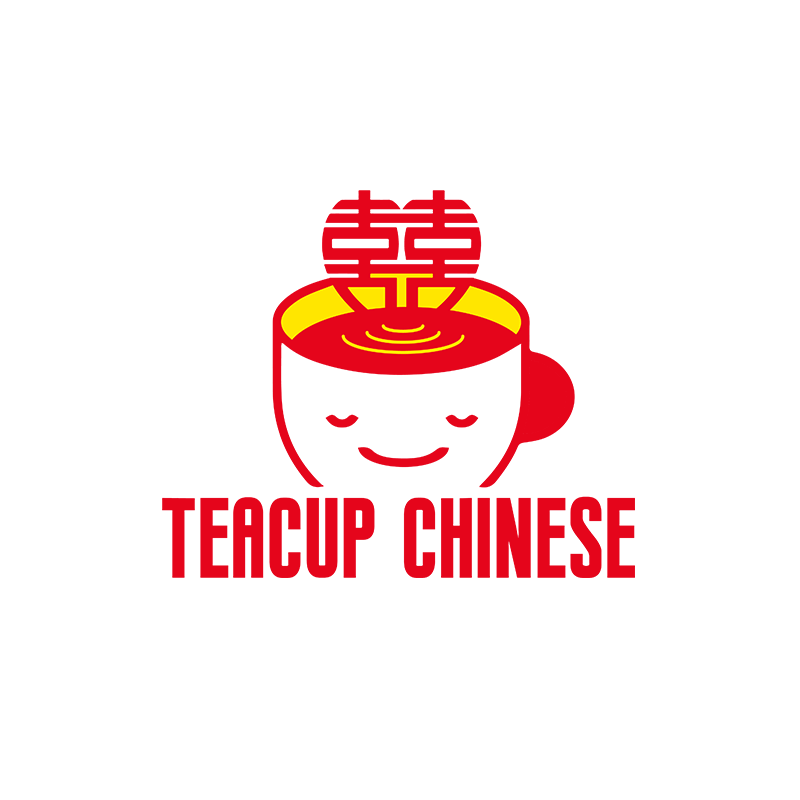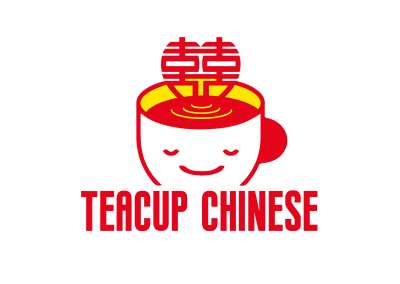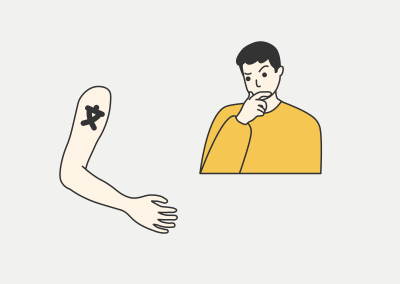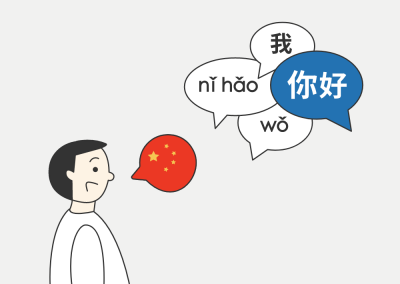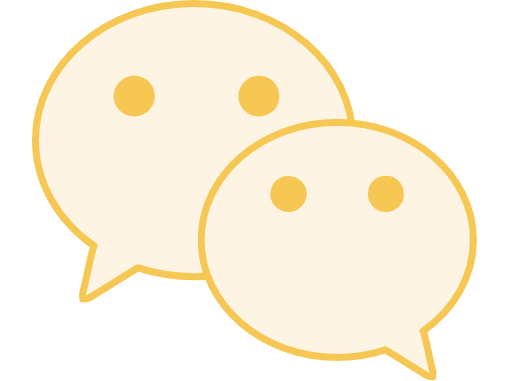How to use ‘和 hé’ (and) in Chinese – Meaning, Grammar & Examples
In Mandarin Chinese, 和 (hé) is mainly used to connect nouns or phrases to indicate a parallel relationship (similar to “and” in English).
Chinese grammar 和 (hé) is another basic but important word that is often misused by Mandarin Chinese learners. Although its equivalent meaning in English is indeed “and,” when it comes to using this word, we need to move away from the English way of thinking.
In English, the word “and” can connect nouns, adjectives, and phrases, and how to say “and” in Chinese sentences. For example, “I like apples and bananas. (noun + and + noun)”; “I am happy and excited. (adjective + and + adjective)”; “I am interested in reading novels and playing chess. (phrase + and + phrase)”; “I am Mike and this is my friend Tom. (sentence + and + sentence)”.
However, in the Chinese language, the word “hé(和)” can only connect two nouns or two phrases. The structure for “adjective + and + adjective” in Chinese is “yòu(又) + adjective + yòu(又) + adjective”, whereas for “sentence + and + sentence”, you just need to put a comma to separate them. Here are some examples to indicate the usage of Chinese sentence structure 和 (hé):
| English | Chinese (Pinyin) | Chinese (Character) |
| I like apples and bananas. | wǒ xǐhuān píng guǒ hé xiāng jiāo。 | 我喜欢苹果和香蕉。 |
| I am happy and excited. | wǒ yòu gāo xìng yòu jī dòng。 | 我又高兴又激动。 |
| I am interested in reading novels and playing chess. | wǒ duì dú xiǎo shuō hé xià qí gǎn xìng qù。 | 我对读小说和下棋感兴趣。 |
| I am Mike and this is my friend Tom. | wǒ shì Mike , zhè shì wǒ de péng yǒu Tom. | 我是Mike, 这是我的朋友Tom. |
There you go! Put this into practice and you’re one step closer to mastering the Chinese language.

